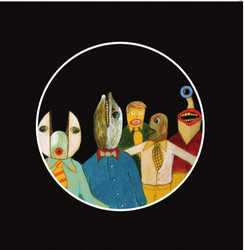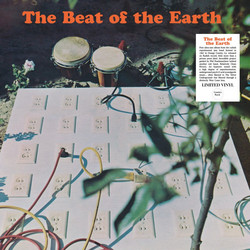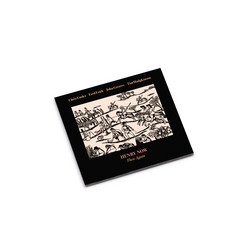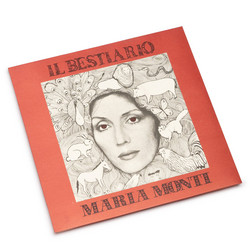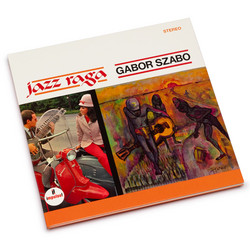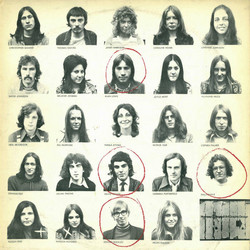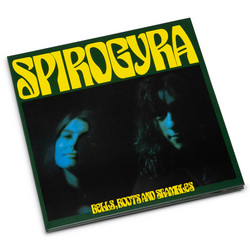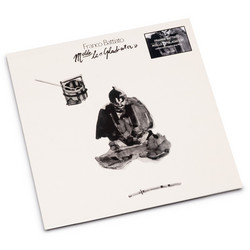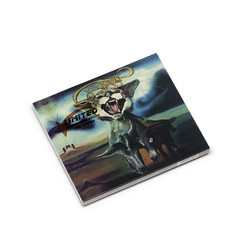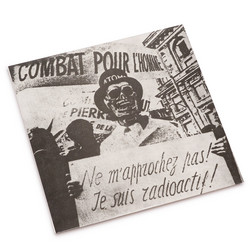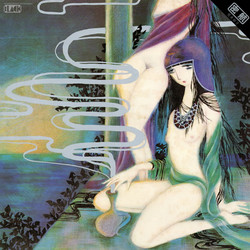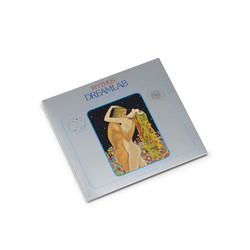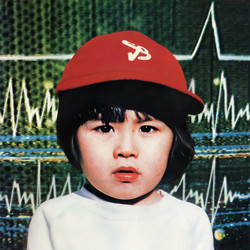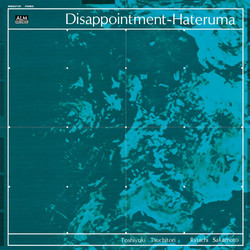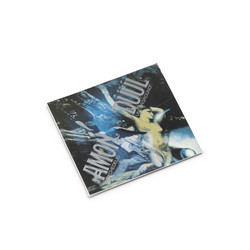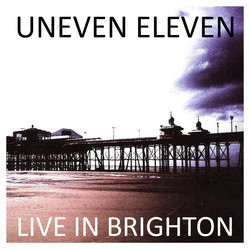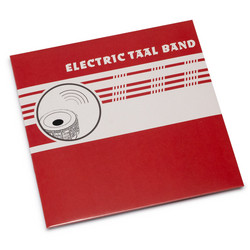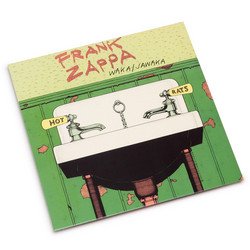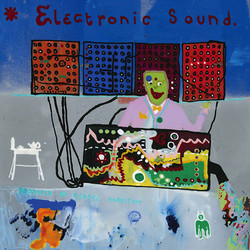With the release of Wonderwall Music in November 1968, George Harrison was the first Beatle to step into the spotlight on his own. Recording sessions actually began a year earlier - when the Beatles were recording their annual Christmas message - with India and Swordfencing, both working titles that would be changed before release. In January 1968, Harrison traveled to EMI's studios in Bombay for a whirlwind five-day session. There, he employed various local musicians, wrapping up work on Jan. 12. With time left on the clock in Bombay, Harrison decided to use the facilities and musicians to record a handful of ragas for possible use on future Beatles records. Only one song, The Inner Light, was used, with the rest of the group adding its parts back home at the Abbey Road studios in London in February. According to Mark Lewisohn's The Beatles Recording Sessions, the music Harrison recorded in Bombay was brought to the Abbey Road studios, where he embellished them with some famous friends. Even though they're not officially listed on Wonderwall Music, Eric Clapton and Ringo Starr make appearances. Clapton, credited as Eddie Clayton, whips out some great lead guitar on Ski-ing, while Starr (Richie Snare) plays drums. Also, Peter Tork of the Monkees plays banjo on the album. He and Harrison became friends when the Monkees visited the U.K. Not so surprisingly, the music on the LP, which doubled as a soundtrack to the little-seen movie Wonderwall, features a very strong Indian influence, consisting mostly of raga tunes. The music is, at times, hypnotic and dreamlike, with a vast selection of traditional Indian instruments - including sitar, tabla, harmonium, sarod and shehnai - setting the mood on songs like Drilling a Home, Red Lady Too, Greasy Legs and Ski-ing. Most of the 19 tracks are pretty short, but they feature plenty of different sounds. In addition to being the first solo Beatles album to be released, the LP is also notable for being the first album to come out on the group's Apple record label. It managed to climb into the Top 50 on the U.S. album chart. In 1995, Noel Gallagher borrowed its title for Oasis' Top 10 hit. - Dave Swanson
